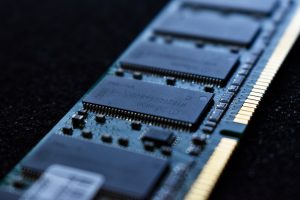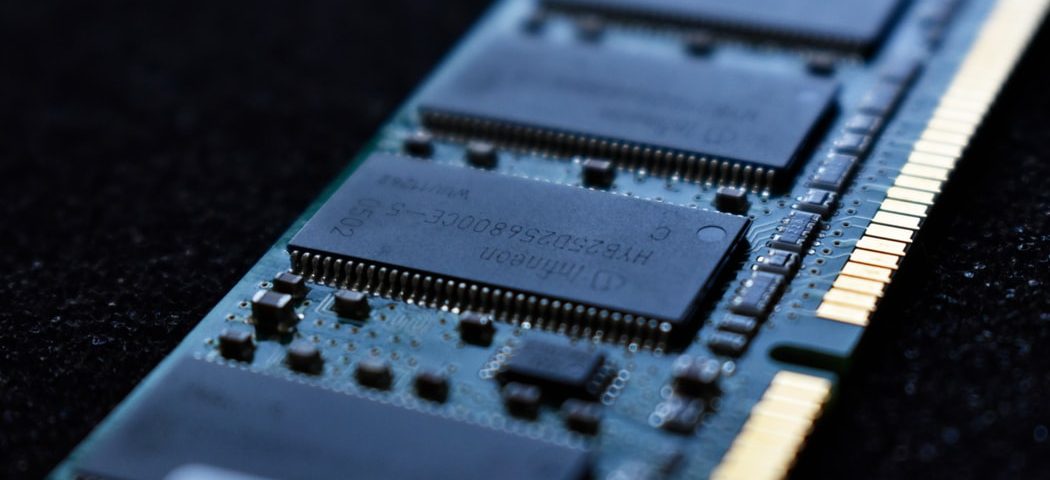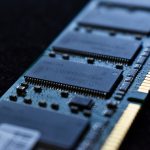The problem with computer development usually does not concern RAM. Practically, it is always exchangeable, although there are computers where this memory is permanently soldered to the motherboard. Such computers can also be modified. It should be mentioned at the beginning that once the amount of RAM required by software and games changed very quickly. It was necessary to respond to the increasing requirements and add additional RAM bones to the free slots on the PC board.
Currently, RAM fluctuates around 4-8 GB in a typical computer. Most people who do not open demanding software on their computer and do not play demanding games do not even realize how much memory they have. Due to the fact that Microsoft is not planning the next version of the Windows operating system, actually adding RAM memory today is due to the fact that even graphics cards produced today do not have their own memory and use the memory resources mounted on the computer motherboard.
- https://www.arenka.pl/ile-spraw-wygrali-frankowicze/
- https://marinara.com.pl/suknie-slubne-z-geometrycznym-motywem-jako-jeden-z-trendow/
- https://www.bankowe.net.pl/jak-ustawic-meble-w-sklepie-spozywczym/
To buy the right bone to upgrade our laptop, we need to know what RAM is. RAM memory is a memory in which resources are saved which we use while operating the computer, and which will be deleted when it is turned off. The amount of RAM affects the speed at which data will be downloaded via the browser. Therefore, also today, the expansion of the amount of memory in our computer makes the most sense. The more RAM the faster the operations will be performed on the computer.
Available RAM memory chips
Currently, bones with the following multiples are available on the market:
1 GB
2 GB
4 GB
8 GB
16 GB,
32 GB
64 GB
128 GB.
RAM is next to the processor the most important element of a computer, hence the correct expansion can significantly affect its work. Choosing the wrong bone can not only involve additional costs, but can also affect system stability. Therefore, when choosing a RAM memory chip, you should know if the system we are using is 32 bit or 64. If we have a 32 bit operating system, we should not increase memory above 4 GB, because the computer will not use resources over 3 GB. In the case of 64-bit operating systems, we can freely increase the amount of RAM.
Important features of RAM
 Laptop memory is SO-DIMM. Memory for DIMM desktops. We can distinguish them among others through dimensions. DIMMs are correspondingly larger (wider) than laptop memory.
Laptop memory is SO-DIMM. Memory for DIMM desktops. We can distinguish them among others through dimensions. DIMMs are correspondingly larger (wider) than laptop memory.
Currently used memory in laptops have the DDR4 standard. Such bone consumes less energy and is more efficient than older DDR 2 and DDR3 memory. Currently, however, we can meet laptops with DDR3 and DDR4 memory. The difference lies primarily in the location of pins and older memories we will not plug into a newer socket (and vice versa). Therefore, before buying, you should also check this parameter.
An important parameter, but not a factor in compatibility, is the memory clock frequency. There is no problem to plug a RAM chip of any frequency into the socket of your motherboard, as long as the standard and purpose match. Frequency also has no clear impact on the smoothness of the system and software. Nevertheless, the perfectly selected frequency of RAM memory with the processor model and motherboard chipset will pay off smooth and efficient work with video processing and games.
What to look for when we want to increase the amount of RAM?
If we want to increase the amount of RAM in a laptop, we have such a difficulty that the memory can have its sockets in two different places and we always have to get inside the computer to get to it. Even if we are based on the specification, I would advise you to physically check the possibility of expanding the amount of RAM.
- first check the technical specifications of your computer to determine the amount of RAM it supports. If your computer supports up to 4 GB of RAM, it makes no sense to buy additional bones,
- you should check which memory standard the socket supports (the specification says whether the socket supports the DDR2, DDR3 or DDR4 standards),
- we need to know how many RAM sockets are there and how many of them are occupied with which bones. There can be one nest, two or four. One, two or all nests may be occupied. When we have four sockets and all bones 1 GB each, then all these dice should be replaced with one, possibly the largest dice, and in subsequent sockets be able to add, even with time, more dice,
- we need to know what parameters the RAM bones currently have, to which we will add additional ones. Parameters of subsequent bones should be as close as possible to those present.
Replacement components in a laptop for typical applications should be based on the above restrictions. Otherwise, we will run the risk of changing the item we just bought because it will be incompatible or may cause system malfunction.





